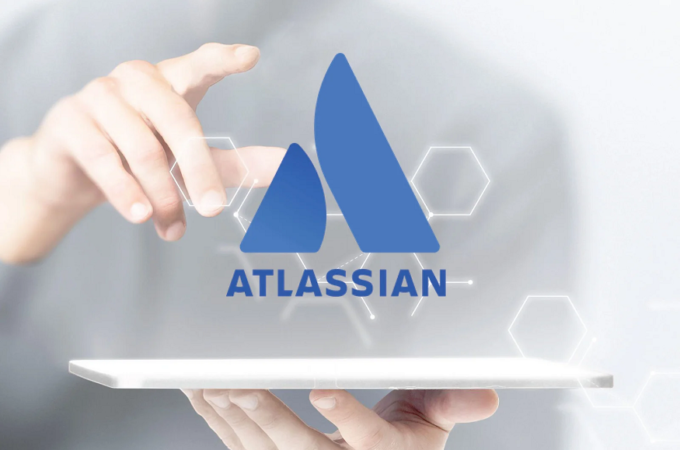
Empowering Employees with SAP Success Factors Employee Central
Are you ready to embark on a journey to become an SAP Success Factors Employee Central expert? Whether you are a seasoned professional or a recent graduate, the demand for skilled consultants in this field is soaring, and a world of opportunities awaits you. To help you excel in your interviews, we have compiled a comprehensive list of SAP Success Factors Employee Central interview questions and provided insightful answers to assist you in securing your dream job as an SAP Success Factors
Employee Central specialist.
Understanding SAP Success Factors Employee Central
SAP Success Factors Employee Central serves as the cornerstone of an organization’s HR system by seamlessly integrating core HCM applications like Talent Management, Workforce Analytics, and Succession Planning software.
Interview Questions and In-Depth Answers
How do you integrate SAP Success Factors Employee Central with other Success Factors products?
To integrate SAP Success Factors Employee Central with other products, HRIS Sync is utilized, facilitating seamless internal integration within the Success Factors ecosystem.
How can you ensure practical data in fields is masked?
To protect sensitive data, practical data in fields can be masked by setting the quality attribute “pii” to “real”.
Where do you typically establish associations?
Associations are established in two key areas: the Corporate Data Model for fundamental items and the Object Definition Tool for generic objects.
How many data models are currently present in Employee Central?
While there were previously 7 data models, the current setup encompasses 4 Data Models for streamlined efficiency.
What does DTD stand for and how is it used?
DTD stands for Document Type Definition. It is a crucial component in defining the structure and content of XML documents, ensuring data consistency and accuracy.
What attribute must be set to allow users to modify a location?
To permit user modification, the attribute “visible” should be set to “both”.
What method enables external integration of Employee Central with other products?
Employee Central can be integrated externally with other products using a Cloud-based integration platform, ensuring seamless data flow and process synchronization.
How is the proliferation data model utilized in Employee Central?
The proliferation data model plays a significant role in automating the population of multiple foundation tables with essential employment data.
How can you make a field mandatory to ensure it is filled during data entry?
To make a field mandatory, the attribute “required” should be set to “true,” ensuring that users provide essential information during data entry.
What does the Country-Specific Sequence data model configure?
The Country-Specific Sequence data model defines specific country-related aspects, such as address styles, which are integrated into Employee Central.
In the Country-Specific Corporate data model, what elements are specified?
The Country-Specific Corporate data model defines Foundation Objects and their corresponding relationships, offering critical insights into business data modeling for specific countries. Try Succession Planning Software build a strong pipeline of future leaders and maintain business continuity
Conclusion
Equip yourself with this comprehensive interview guide, and take confident strides in the world of SAP SuccessFactors Employee Central. We hope these in-depth answers provide you with the knowledge and confidence to excel in your interviews. Remember, at ZaranTech, we offer top-notch online training programs on SAP SuccessFactors Employee Central, conducted by industry experts. Stay ahead of the curve and embark on a successful career journey with us. Explore our courses and unleash your true potential in SAP Success Factors Employee Central!





